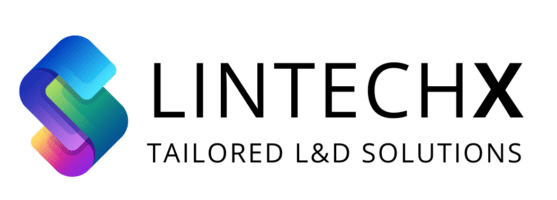- Blog
- Effective Onboarding: Setting New Employees Up for Long-Term Success
- Written by Hofit Ben Atar Peleg

Effective Onboarding: Setting New Employees Up for Long-Term Success
Effective onboarding is fundamental to employee engagement, productivity, and long-term retention. Empirical research highlights that structured, supportive onboarding processes significantly increase employee success and organizational loyalty. This article outlines evidence-based strategies for developing impactful onboarding programs.
Structured Onboarding Stages for Lasting Impact
Research from the Society for Human Resource Management (SHRM) indicates that onboarding should extend beyond initial orientation. Structured onboarding encompasses stages such as pre-boarding (introducing new hires to organizational culture and resources prior to their first day) and continues with systematic support and check-ins for several months. Leading organizations like LinkedIn demonstrate measurable improvements in employee retention and satisfaction through structured onboarding with mentorship and periodic evaluations.
Best Practice (KPI): Implement structured onboarding stages with clearly defined milestones, measuring effectiveness through retention rates, employee satisfaction surveys, and early productivity indicators.
Leveraging Digital Onboarding Tools
Digital onboarding tools streamline processes and enhance engagement. Platforms such as BambooHR and Workday facilitate efficient administration and interactive engagement, significantly improving new hire experiences through seamless integration of paperwork, training modules, and team introductions.
Best Practice (KPI): Develop interactive onboarding modules featuring multimedia content (videos, quizzes, and checklists) to enhance learner engagement. Measure success through completion rates, engagement analytics, and feedback surveys.
Continuous Integration and Support
Onboarding effectiveness improves significantly with ongoing support structures. Studies highlight the continuous onboarding role in sustained employee integration, enhanced performance, and increased job satisfaction. Companies like HubSpot exemplify best practices by maintaining ongoing onboarding and support mechanisms that extend well beyond the initial training period.
Best Practice (KPI): Establish mentoring or buddy systems providing new employees with continuous guidance and support. Track their effectiveness through periodic performance assessments, employee retention metrics, and employee engagement levels.
Share :

Hofit Ben-Atar Peleg
Learning expert | L&D strategist | Content creator
Recent Post
-
Transform Your Team’s Performance with These 5 Game-Changing Learning Strategies!29 Mar 2025
-
Embracing Growth: Trends Shaping the Future of Learning & Development29 Mar 2025
-
Unlock Team Resilience with Emotional Intelligence and Soft Skills29 Mar 2025
-
Effective Onboarding: Setting New Employees Up for Long-Term Success29 Mar 2025
-
Empower Organizational Growth with Proven DIY Learning Strategies29 Mar 2025
-
Unlock the Power of Well-Designed Learning Products: Elevating Engagement and Comprehension29 Mar 2025

